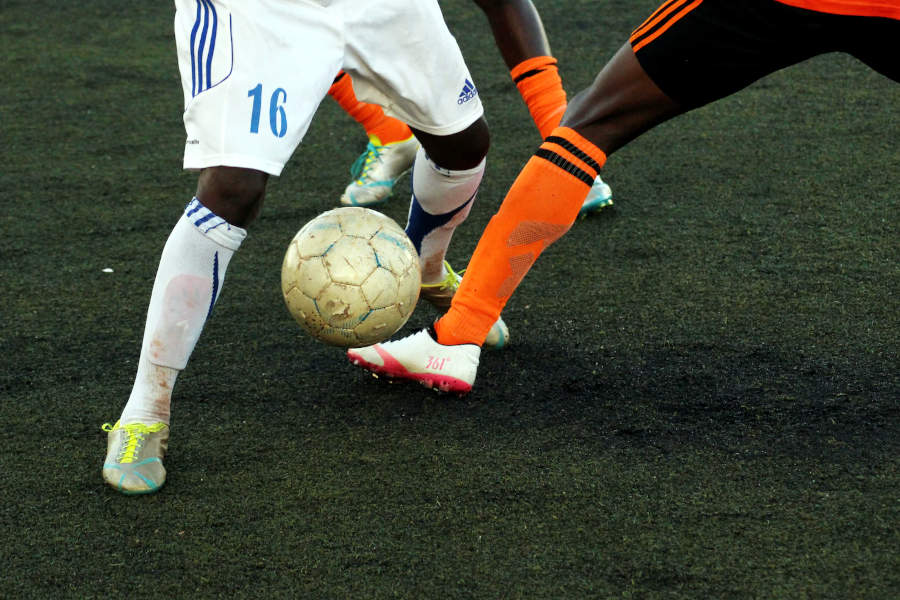3 Most Important Skills Young Soccer Players Must Have
Date added: 2022-08-26

The sport of soccer is considered to be the most popular game in the world. To achieve success in this sport, athletes need to develop certain important skills at the young age. Young soccer players who are at the U9 to U11 age group must learn these three essential skills to become an impact player in the future.
1. DRIBBLING
In soccer, if a player doesn't know how to dribble a ball, then he cannot play the game. Dribbling is the most basic and most important of all soccer skills. It is defined as the ability to carry the ball past the opponent while taking full control of the soccer ball. Dribbling serves three purposes: to beat the defender, to accelerate into space, and to avoid pressure. To develop good dribbling technique, you should:
• Make gentle contact (called "touch") with the soccer ball
• Always keep the ball close to your feet
• Use the edge of the foot to dribble galloping
• Practice changes in your dribbling pace
• Use your body to protect the ball when defender gets close
• Practice an inside-outside dribbling drill through cones with both feet
2. PASSING
Passing the ball to teammates plays a big role in a soccer game. The ability to properly pass the ball to your teammates is a critical skill that all soccer players should learn from early age. The best soccer players are often the best passers of the ball. There are three soccer passes: standard pass, chipped pass and lofted pass. Follow these soccer passing tips to master this skill:
• Develop vision so that you can see potential passing time
• Master all three soccer passes
• Try passing more to be more effective on the pitch
• The faster you pass the ball, the less time your opponent gets to interrupt you
• Put correct pace on the ball while passing it to your teammate
3. RECEIVING
The ability to receive a soccer ball determines the effectiveness of a player. If a player has great first touch, he/she will have more time to dribble and shoot. The technique to receive a ball on the ground is quite different from receiving it in the air.
Follow these tips when receiving a ball on the ground:
• Keep your eye on the ball and choose which foot to receive the ball with
• Receive the ball with one foot with ankle locked
• Don't just stop after receiving the ball. Instead prepare for the next action: dribble, shoot or pass
Follow these tips when receiving a ball in the air:
• Keep your eyes on the ball and read the speed and direction of the ball
• Decide which part of your body (thigh, head, foot, or chest) you will use to control the ball
• Receive the ball and cushion it with the body part to slow it down. Prepare for next move.
Tim Sauder having played soccer for 10 years and worked as coach for a decade, Tim Sauder is adept in creating soccer practice plans for all age groups. He is an expert in soccer ball passing & receiving tactics, soccer training methods and dribbling styles. He has created a progressive soccer training program for athletes to improve their skills at a young age.
Author: Tim Sauder
Related Tags
DriblingSoccer ToolsPassingReceivingSoccer Match Results - 03/26/2025
Albania: SuperligaTirana 2 - 2 Bylis
Laçi 0 - 1 AF Elbasani
Argentina: Copa Argentina
San Martín San Juan 1 - 0 Gimnasia Jujuy
Austria: Regionalliga
Gloggnitz 2 - 2 Leobendorf
Bosnia Herzegovina: Premier Liga
Sarajevo 0 - 2 Borac Banja Luka
Cameroon: Elite ONE
Can...
Click here to find out more results
Tag Cloud
Coaching
Dribling
Kicking
Formations
Soccer Tools
Professional
Exercises
Videos
Click here to view all tags